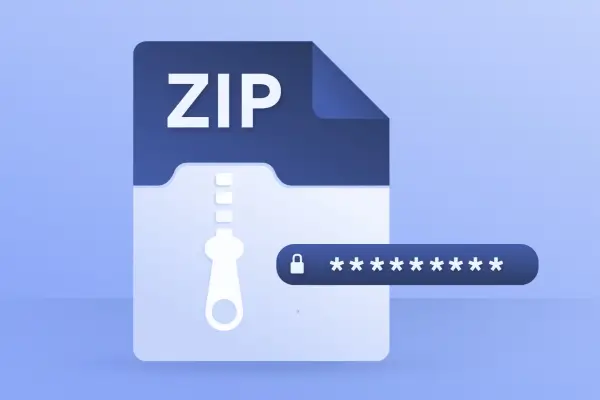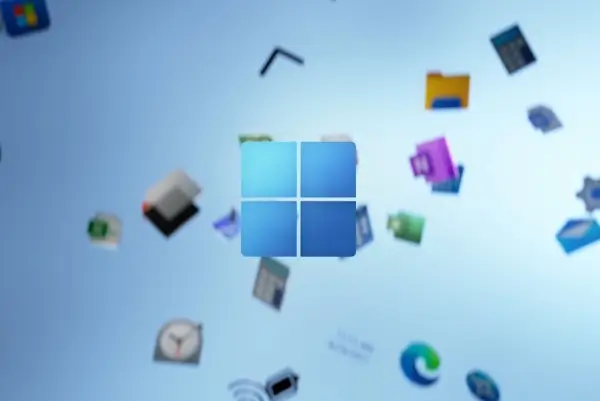Introduction to Windows Hibernate Feature:
Hibernation feature of an operating system (such as Windows based operating system) allows users to save the current system state before shutting down the computer. This helps them resume work from where they last left when the system is turned on again. For example, if you had Google opened in Firefox before hibernation and a MS Word document which you were working on, then the system will start with these items available just as they were present before hibernation. Unlike Shut Down, no data of active programs and Windows is lost when a system is hibernated, as it fetches contents from the RAM and save it to the hard disk in the form of a file (for resuming your computer from the state that it was in before hibernation).
Windows 8 Hibernation and Sleep Mode
Windows 8 has come with a lot of new user interface changes which people are finding a bit annoying. One such feature is the hiding of Windows Shut Down and Restart option and the disabling of Hibernation feature in Power Options. In this post I will tell you how to enable the Hibernate and Sleep Mode option in Windows 8.
How To Enable Windows 8 Hibernate and Sleep Mode
To enable Windows 8 Hibernation and Sleep Mode, go to Control Panel ( as shown below) by clicking on the New Start Menu from the desktop or by using the Win Key (Windows icon key from the keyboard).
After that, select More Settings to switch to the classic Control Panel view and select Power Options.

Now, choose “What the Power buttons do” option.

Select the option that says “Change settings that are currently unavailable”.

This will provide you with the settings to enable Hibernation, Sleep and Lock Screen from Power options. Check (tick) Show Hibernate option to enable and click on Save Changes.

Now you will be able to Hibernate or put your computer to Sleep Mode from Windows 8 Power options, whereas, the Lock Screen option will appear in user tiles (if the option is enabled).
Windows 8 cold-boots much faster than Windows 7and the estimated time for system resumption from a hibernated state in Windows 8 is around 8 seconds or slightly more.
![Metro UI[2] Metro UI[2]](https://www.wmlcloud.com/wp-content/uploads/2011/09/Metro-UI2_thumb.png)
![Hibernate[2] Hibernate[2]](https://www.wmlcloud.com/wp-content/uploads/2011/09/Hibernate2_thumb.png)
![W[2] W[2]](https://www.wmlcloud.com/wp-content/uploads/2011/09/W2_thumb.png)




